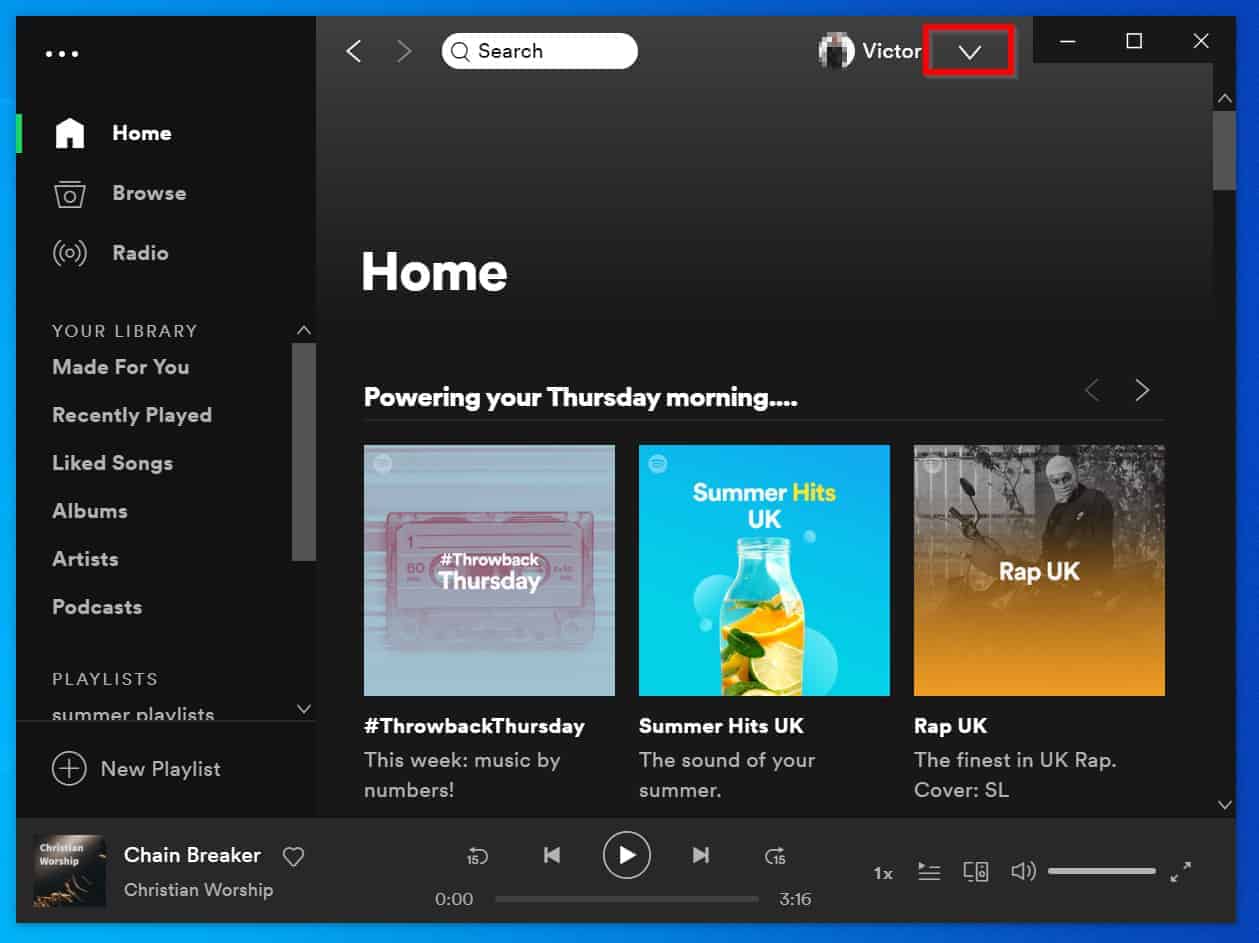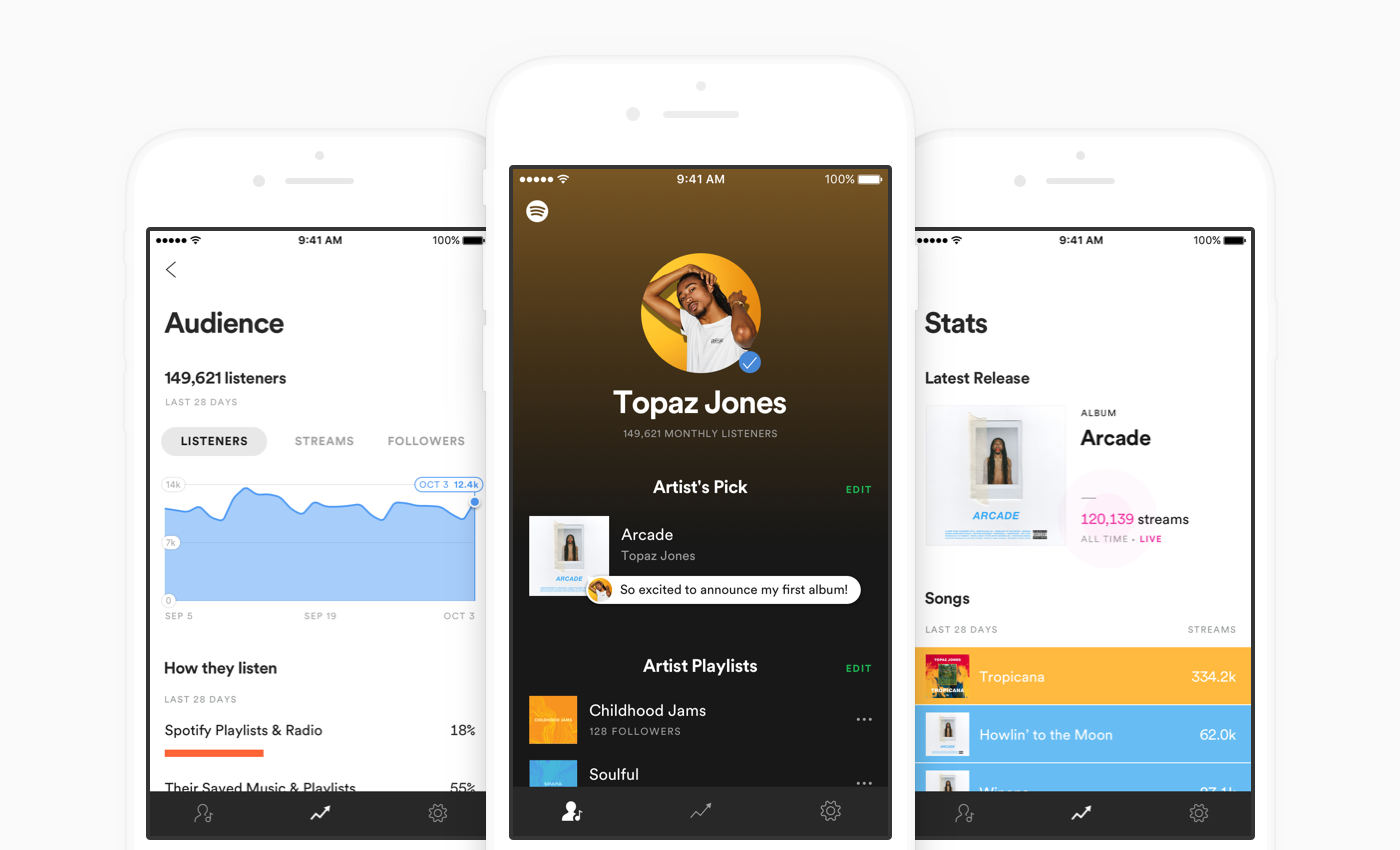
Spotify for Artists allows three levels of access: Admin, Editor, and Viewer – all allowing data to be shared between artists, label managers, artist managers, promotional teams, and more.As a label you will have Spotify for Artists access for all the music to which your label holds the rights (but not, of course, any other tracks by your signed artists).Assuming you’ve read those guides (or you are already a playlist-pitching Spotify for Artists ninja), the key differences are quite simple:.And since both use the same platform, they will cover the general layout and fields in more detail, while here we will focus on those features and strategies unique to labels. And as music promotion is a collaborative effort, these will give you a really good insight into what your artists can – and should – be doing, and how you can work together. These go into even more detail about some of the features. Increase your followers and get submissionsīefore we get started, we’d highly recommend first reading our other guides: Spotify for Artists and Spotify playlists.Important topics we’ll cover include how to:.All of the functions offered by Spotify for record labels are now handled within the Spotify for Artists app (available via desktop or an app for iOS, and Android).


The social media landscape means promotion of music is now a fully collaborative effort between record labels and artists, so since 2020, artists, managers, and labels have access to a shared analysis and promotion app, with all the songs on your label available to your artists, your label team, and artist managers. The offer is continually expanding to fit the modern music industry, too. From realtime, highly detailed streaming data and insights to promotional tools and a platform for selling label merchandise, Spotify makes it easier to run the business side of music. In addition to making money and building fans, Spotify label resources help you make the most of your releases and grow your label.


 0 kommentar(er)
0 kommentar(er)
